What’s not to love in a hobby that combines technical prowess, a dash of history, and a lust for antique motoring classics? Whether the draw is the cars’ aesthetic appeal, the hunt, or the silent pride at bringing back an old friend, learning to restore vintage cars can be a sophisticated step in your after-life pursuit.
Understanding Vintage Car Restoration
Vintage car restoration is the process of restoring an old car so it seems as close as possible to the original. It is necessary to fix or replace all worn-out parts, restore the car’s bodywork, refurbish its interior, and make its engine run smoothly so that the vintage car looks and feels even better than when it left the car factory.
Depending on the car, that can include everything from very basic refurbishment to a fully reconstructed, show-quality, museum-grade, labor-intensive, parts-expensive, Concours restoration to a ‘daily driver’ restoration that works extremely well.
Steps to Learn Vintage Car Restoration
1. Develop a Solid Foundation of Automotive Knowledge
You’ll have to learn basic automotive mechanics, from how engines, transmissions, and brakes work to all manner of rudimentary functions that most people need to think about.
Read Books and Manuals:
Begin with general automotive repair books, and then move to some vintage car-specific manuals. Tom Brownell’s How to Restore Your Collector Car (1999), for instance, folds general automotive theory in with practical advice. William H Crouse’s Automotive Mechanics (1988) is another fine resource.
Online Courses:
Sites such as Udemy and Coursera, along with many others, help aspiring mechanics learn the subject through comprehensive courses. These courses outline every task and might help those from non-mechanical backgrounds gain traction with automotive repair and maintenance. Khan Academy follows the same format and sends email alerts.
2. Get Hands-On Experience
Theoretical knowledge is one thing, hands-on know-how another; if you want to restore a vintage car, the only way you will develop that know-how is by actually working on one. Restoring a car that isn’t vintage will take some of the heat off—you won’t be concerned about original parts, and you’ll still pick up some valuable skills.
Hang Out at Your Local Garage:
Many local garages or local classic car clubs would appreciate a bit of voluntary help. If you try approaching various mechanics in your area, you’d be surprised at how keen they are to give you a little hands-on experience.
Start with a Simple Project:
If you own an old car that needs repairs, try fixing it up as a way of building your skills. Easy tasks such as oil changes, brake pad replacements, or basic electrical repairs can get you on your way to adjustment and confidence.
3. Join a Classic Car Club
If you’re in a classic-car club, you have an immediate pool of people who are restoring the same car you are, so you can ask advice, swap stories about where you got your car from, get recommendations for suppliers and parts, and maybe even find a super-pro guide to help you out.
Go to Meetings and Events:
Network with other enthusiasts at club meetings and events. 3. Get Experience: This is an obvious one, but it’s critical to get the experience. The more you experience hands-on, the easier it becomes to share your knowledge.
Attend Workshops:
Several clubs hold workshops and hands-on restoration sessions throughout the year, which are often invaluable in learning how to fix certain restoration problems and tips.
4. Choose the Right Car for Your First Project
Managing the enormous responsibility of selecting the right vintage car for your first restoration is paramount. Be forewarned that, in the end, it is” your baby,” and you will become very involved.
You need to be realistic regarding your budget, the availability of spare parts, their condition, the amount of your spare time, and your ultimate satisfaction, which can be as complex as a cure for a life-threatening illness.
Vintage Car Restoration:
Some vintage cars are generally easier to restore than others. When choosing the right model, it is important to check the availability of parts and documents. Some popular choices for beginners are the Ford Mustang, Chevrolet Camaro, Volkswagen Beetle, and Austin Mini.
Inspection:
Before you buy, find out exactly how much restoring it will take, and check for rust, engine condition, and the availability of original components.
5. Set Up Your Workshop
The most important tool is a good workshop. I’m not talking Paul Sellers grades of kit, but any project is enriched by having everything at hand and being able to work in order and with the tools to hand.
Essential items:
A set of wrenches, screwdrivers, pliers, socket sets, hydraulic jack stands, and an engine hoist.
Advanced Tooling:
Depending on the restoration job, you may need to use welding equipment, paint spray guns, and diagnostic tooling.
Goggles:
Good-quality safety glasses and gloves are a must. Sometimes, you’ll want a fire extinguisher on hand, too.
6. Learn Specific Restoration Techniques
Restoring a vintage car requires several technical skills. These might include bodywork and painting, rebuilding the engine, and upholstery.
Bodywork and Decorative Painting:
Learn how to prep the body for its new paint job by removing rust, smoothing out dents, and applying primer and/or paint. You could take a class or follow a tutorial video.
Engine Rebuilding:
This is usually the most difficult part of restoration. Study shop manuals specific to the make and model vehicle, as well as guides specific to your project and available from restoration-specific organizations. Don’t hesitate to talk to experienced mechanics.
Upholstery:
Restore the seats, dashboards, and carpets to their original state. Many tutorials and courses online can teach you the basics of automotive upholstery.
7. Document Your Progress
Maintaining a record of your reclaiming project can be both motivating and useful for tracking what work has been done, planning future work, and being able to see the progress that is being made.
Photos:
Take photos frequently as the rock comes down, throughout the restoration, and then again when it is completed. Kids often gather information online, so a series of photos can explain the changes in the slope’s face. This information can also be useful if the fix is not successful.
Keep a Logbook:
Note down the steps you followed and what parts you bought or otherwise acquired, so you can refer to it later if you repeat the procedure, or troubleshoot down the road.
8. Connect with Online Communities
Looking for advice, support, or inspiration for your old vehicle restoration? The internet is brimming with websites and articles that provide practical information for vintage car restorers. Forums and social media groups exist specifically for people who share a common interest, and there is even a plethora of YouTube videos that can bring new life to a project.
Forums and Discussion Boards:
Many online communities, such as The H.A.M.B., Classic Car Restoration Club, and Vintage Mustang Forum, allow you to ask questions, show your progress, and learn from others.
Facebook Groups:
Instead, join these groups—some with thousands of members—and follow Instagram accounts dedicated to vintage car restoration. You’ll find incredibly active communities where you can get advice in real-time and constant ‘likes’ to keep you going.
9. Consider Professional Help When Needed
The restoration of a classic car can sometimes be quite a harrowing experience, as the need for more skills and knowledge can lead to costly mistakes.
Specialized services:
Some restoration work—such as engine machining, advanced bodywork, or custom upholstery—may require specialized skill sets, and you shouldn’t be afraid to pay a pro for such services if need be.
Ask Experts:
If you come up against a problem that you can’t solve, ask an expert. Restorers and professional mechanics are willing to give you advice and help you solve your dilemma.
10. Stay Patient and Enjoy the Process
It can take quite a while, and it is waiting for your patience. Slowly, slowly, slowly. That was a key point: you have to be patient and stick with the project if vintage car restoration becomes your hobby because it’s not something you can speed up or put off as you do with other tasks. It could take quite a while; you don’t want to lose heart because it’s hard work.
Set manageable goals:
If the restoration represents an undertaking that is too massive, break it down into appropriate smaller steps and set realistic time horizons for each stage. As enthusiasm wanes, reward yourself with a joyful celebration along the way.
Stumbling Block:
Mistakes are most likely unavoidable, and all the more so your first time around. Take your fumbles in stride: each cringe-worthy moment is knowledge gained and practice earned.
keeping the Story Going:
Enjoyment and pride in your work not only help to pass the time but also aid in the inevitable learning experiences that come. The road to restoration can be just as enjoyable—if not more enjoyable—than the destination.
Essential Skills for Vintage Car Restoration
When restoring old cars, you’ll find yourself needing to use a wide range of skills. Here is a list of some of the key areas you’ll need to master:
Mechanical Skills
There are basics, such as how to disassemble and reassemble all aspects of car parts, such as the engine, brakes, and suspension.
Electrical Skills
You’ll also need to know how to read wiring diagrams, diagnose circuitry faults, and install a new harness. Older cars, such as the Cornish Triumph TR3 pictured above, often have old and dilapidated wiring looms.
Bodywork and Welding
Reconstructing the shell of an old car requires removing rust, restoring panels, and welding on new portions of bodies. These are critical skills to learn to preserve the car’s structure and appearance.
Painting and Finishing
The ability to do it right with showroom-quality finishes demands in-depth knowledge of painting techniques, surface prep, and spray guns, specifically how to lay down the primer and the base coat and defend it with a clear coat.
Upholstery and Interior Restoration
To restore the interior of a classic car – reupholstering seats, replacing dashboards, repairing carpets, and so forth – requires attention to detail and a thief’s touch. The finished work should look like a car straight out of the factory.
Conclusion
It takes passion, patience, and perseverance to become proficient in vintage car restoration. Starting with an excellent foundation of automotive knowledge, honing your skills with hands-on practice, and tapping into the experience of more seasoned others are some ways to help you reach your destination.

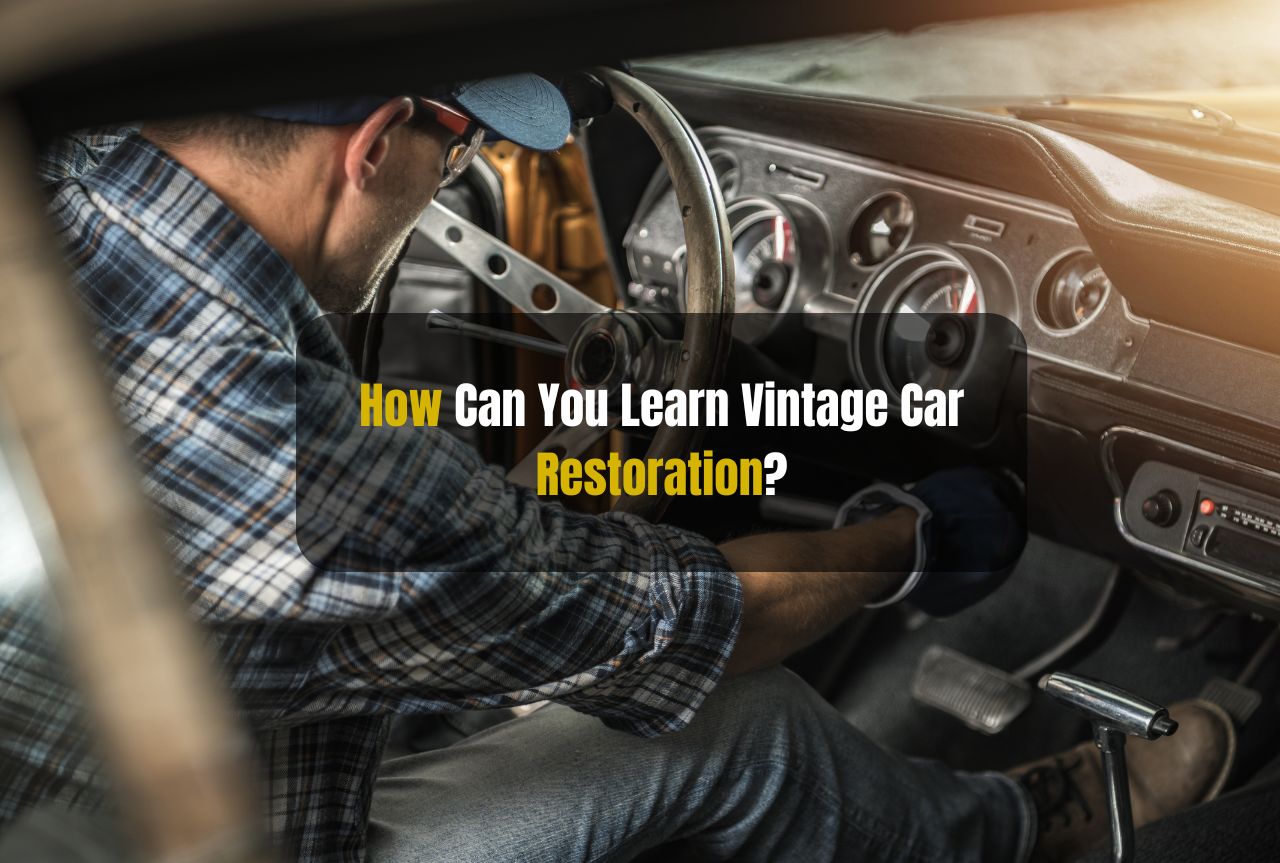
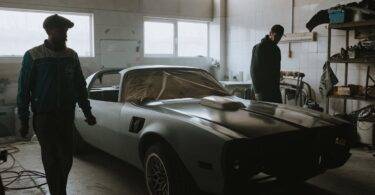


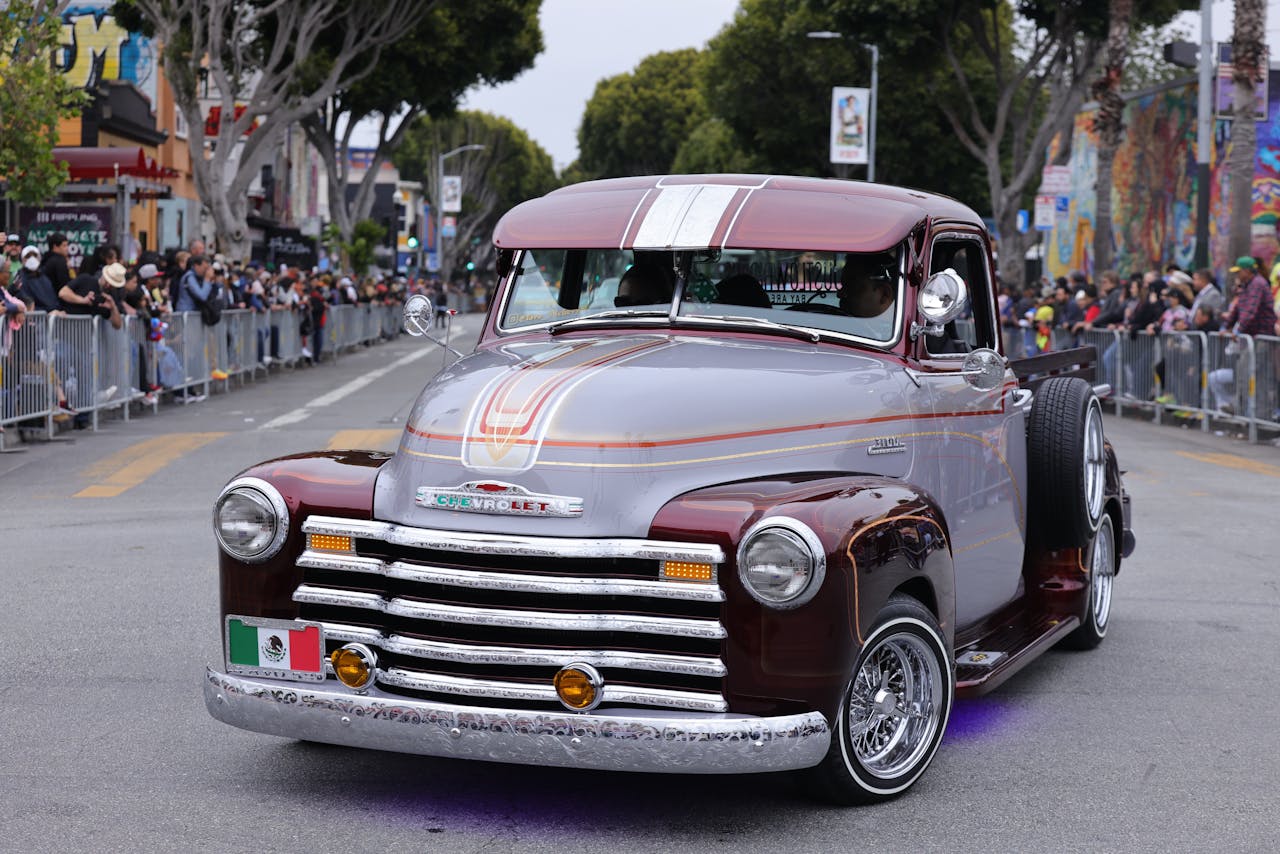
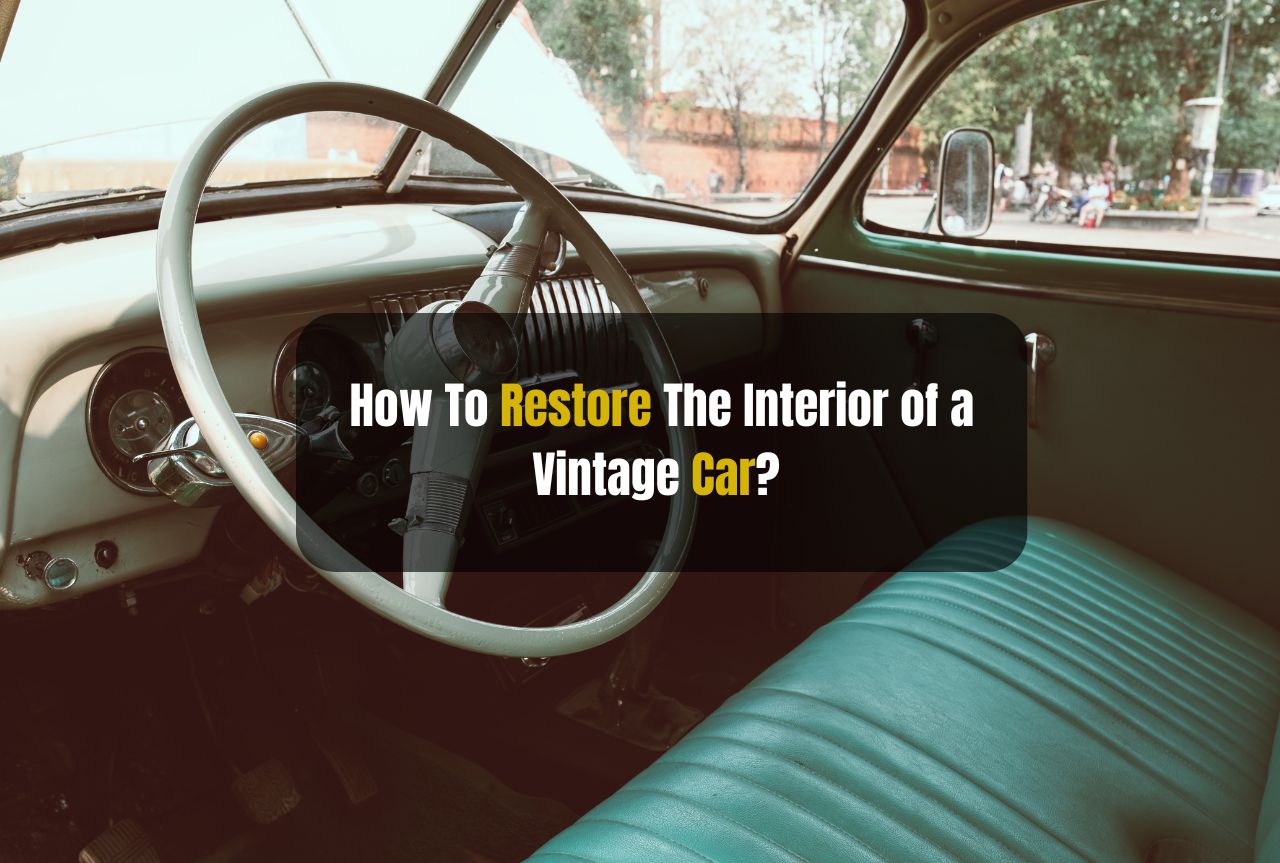
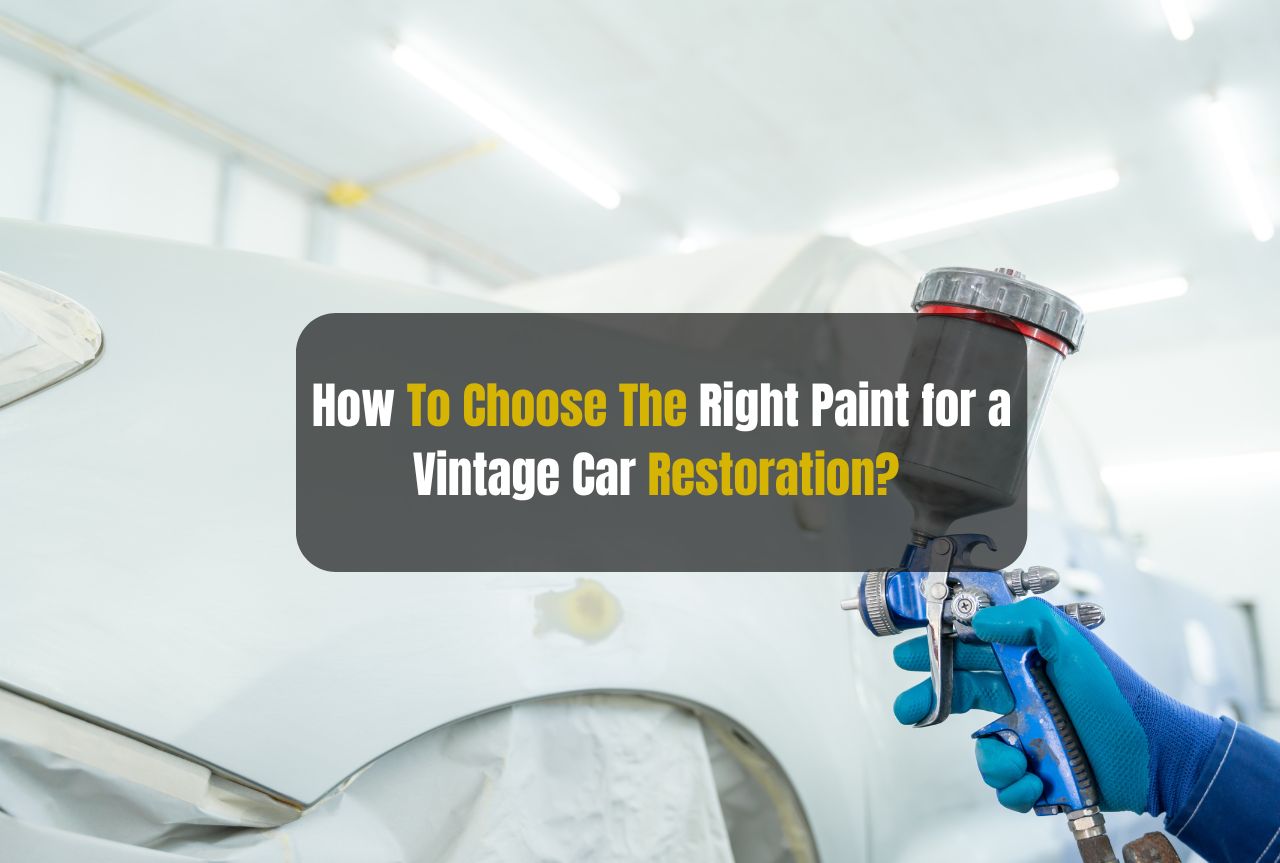
Leave a Comment